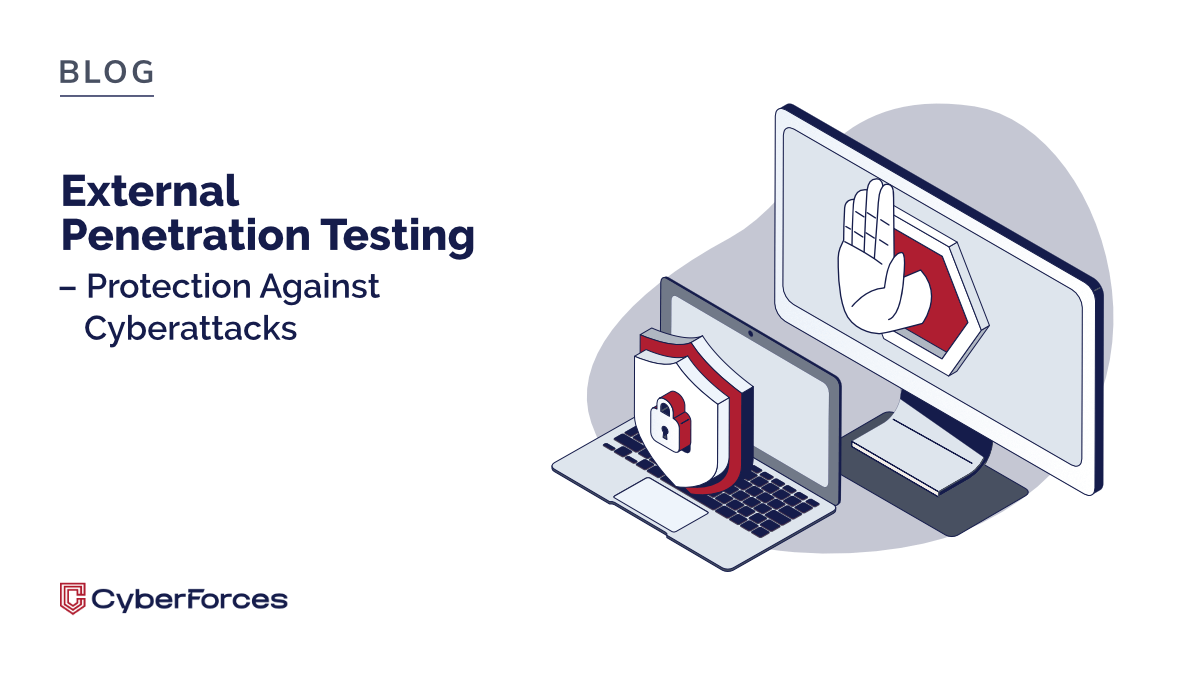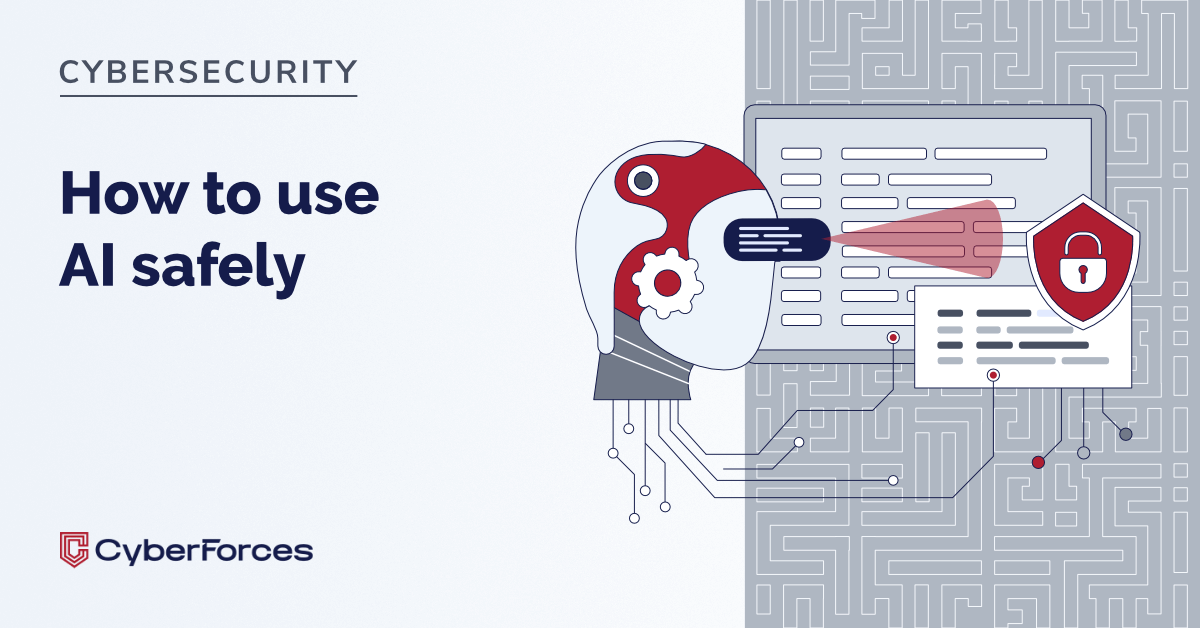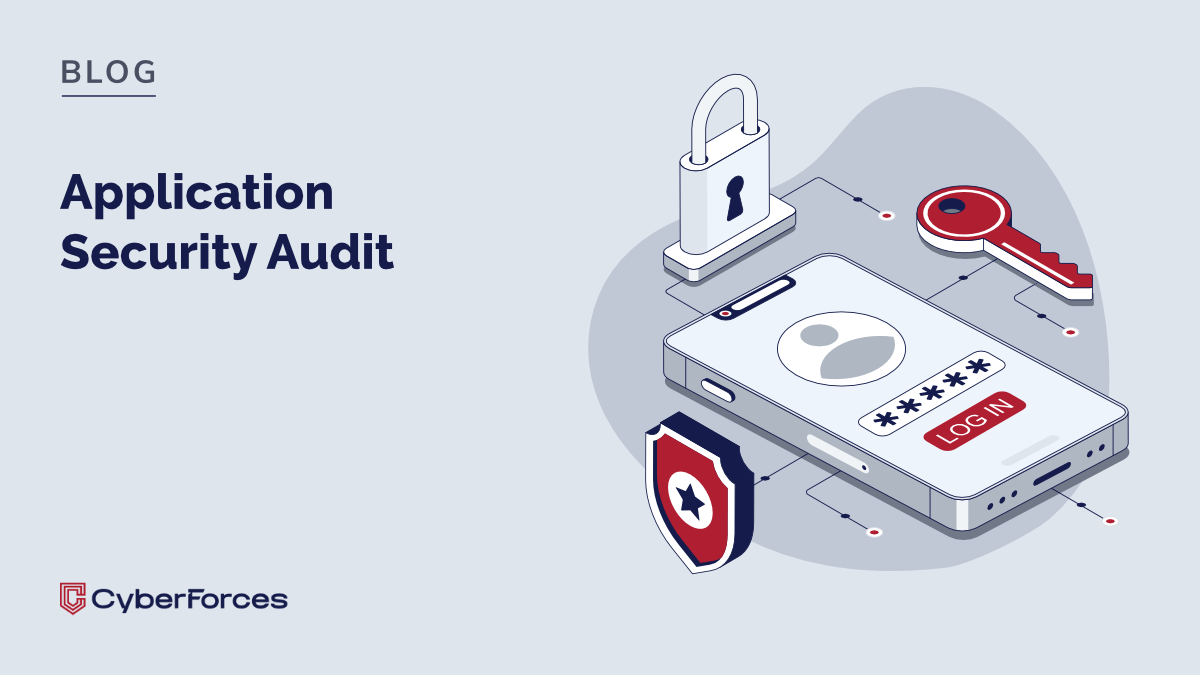External penetration testing is one of the most effective tools to assess the security of an organization’s IT infrastructure. It helps determine whether systems exposed to the internet – such as web applications, VPNs, and APIs – can withstand real-world cyberattacks. In this article, you’ll learn how external pentests are conducted, what threats they can uncover, and how they support compliance with regulations like GDPR, NIS2, and DORA.
What You’ll Learn:
- What external penetration tests are and how they work
- Which vulnerabilities they reveal and what benefits they bring
- How often they should be performed
- How they support compliance with GDPR, ISO 27001, NIS2, and DORA
What Are External Penetration Tests?
External penetration tests are simulated cyberattacks conducted by ethical hackers against a company’s publicly accessible infrastructure. Their goal is to identify vulnerabilities before real threat actors exploit them.
What is typically tested:
- Public IP addresses and domain services
- Web applications and external servers
- Exposed services (FTP, SSH, VPN, SMTP)
- Firewall and perimeter configurations
Testing phases:
- Reconnaissance – collecting information about the organization (e.g., using OSINT)
- Scanning – identifying open ports, services, and exposed systems
- Exploitation – attempting to exploit discovered vulnerabilities
- Reporting – delivering findings, risk assessments, and remediation guidance
Why Perform External Penetration Tests?
External penetration testing helps you:
- Evaluate the resilience of IT infrastructure against real-world cyber threats
- Detect misconfigurations and weaknesses before attackers do
- Provide executives with real, evidence-based risk assessments
- Strengthen operational resilience in hybrid or remote environments
What Do External Penetration Tests Check?
Pentesters perform a full analysis of:
- Internet-facing systems and entry points
- Web applications (client portals, e-commerce platforms, APIs)
- Server misconfigurations (OS, databases, cloud services)
- Unpatched vulnerabilities (CVEs, known exploits)
Common techniques used:
Brute Force & Credential Stuffing
Automated attempts to guess passwords or reuse leaked credentials. These attacks are effective when users use weak or repeated passwords.
Vulnerability Scanning (e.g., CVE)
Automated tools scan systems and software for known vulnerabilities (each with a CVE ID). Results are prioritized by risk.
Application Layer Exploits (SQLi, XSS, RCE)
Exploits targeting insecure web applications:
- SQL Injection (SQLi): modifies database queries
- Cross-Site Scripting (XSS): injects malicious code into browsers
- Remote Code Execution (RCE): allows execution of code on the target server
Attacks on Insecure APIs
APIs are often underprotected. Risks include:
- Missing authentication or authorization
- No rate limiting
- Exposure of sensitive data
Regulatory Compliance: GDPR, ISO 27001, NIS2, DORA
| Regulation | Requirement | How Testing Helps |
| GDPR (Art. 32) | Ensure data confidentiality, integrity, and resilience | Validates protection of personal data |
| ISO 27001 (A.12.6.1) | Vulnerability management | Demonstrates active risk monitoring |
| NIS2 | Operational resilience for essential service providers | Confirms proactive risk mitigation |
| DORA | Mandatory testing for financial entities (e.g., TIBER-EU) | Aligns with EU cybersecurity testing frameworks |
Explore more on NIS2 (here)
How Often Should You Run External Pentests?
Penetration tests should not be a one-time activity. Your IT environment evolves constantly.
Best practice:
- Annually – minimum standard across industries
- After major changes – such as cloud migration or launching new systems
- After security incidents – to verify remediation effectiveness
What Does the Final Report Contain?
A good penetration test report includes:
- Description of each vulnerability (CVSS score, impact, attack vector)
- Risk classification (low / medium / high / critical)
- Technical and executive-level recommendations
- Attachments (evidence, logs, screenshots, exploit samples)
This report becomes both an improvement roadmap and an audit trail for compliance.
FAQ: External Penetration Testing
Are penetration tests safe for our systems?
Yes. They are performed in a controlled manner to avoid disruption or damage.
Will testing impact our operations?
Typically not. Scope and test windows are agreed upon in advance.
Is one test enough?
No. Regular testing is necessary due to ongoing infrastructure and threat landscape changes.
Who should request a pentest – IT or leadership?
Ideally, both. Security is a shared responsibility between IT and the business.
How long does an external penetration test take?
Between 2 and 10 business days, depending on scope.
Conclusion
External penetration testing is not just a technical exercise. It is a strategic tool for identifying real-world vulnerabilities, meeting regulatory requirements, and building trust among stakeholders.
Well-executed tests improve security posture, demonstrate compliance, and support business continuity in a constantly evolving threat landscape.
Want to assess your external infrastructure’s resilience?
Contact our cybersecurity experts for a free consultation.






